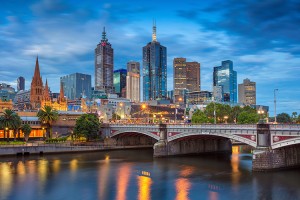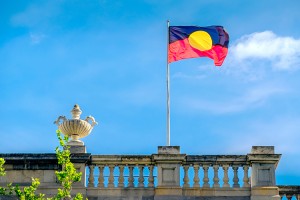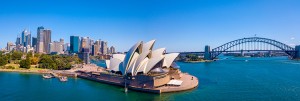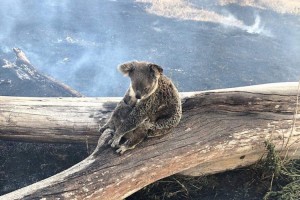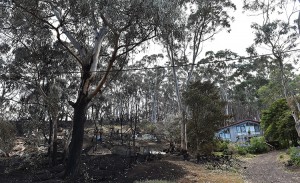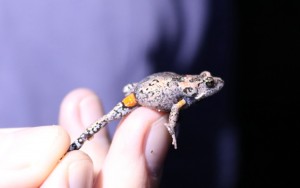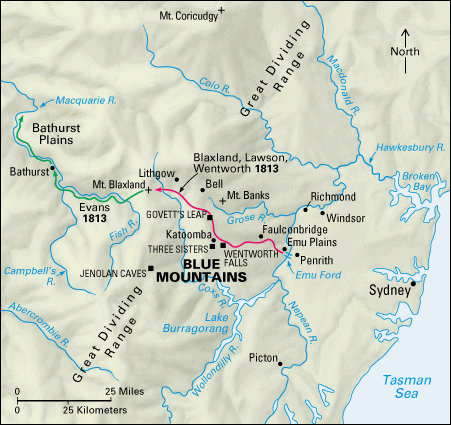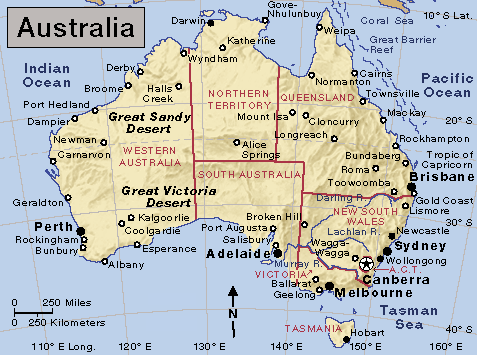Melbourne Surpasses Sydney
Thursday, May 18th, 2023Sydney, the capital city of New South Wales, has been Australia’s most populous city since 1911. However, Melbourne has surpassed in population for the first time in over a hundred years. Officials expanded Melbourne’s city limits to include the western suburb of Melton, which added enough people to overtake Sydney. According to the 2021 census, Melbourne now has 4,875,400 residents that call it home, only 18,700 more than Sydney recorded. Researchers say Melbourne’s rapid growth is due to international immigration. Melbourne is the capital city of Victoria. Melbourne is known for celebrating diversity, affordable living costs, and strong employment and education opportunities.
The Australian Bureau of Statistics includes surrounding suburbs in the population. In some definitions that exclude surrounding suburbs, Sydney remains the most populous city in Australia. However, Melbourne is projected to pass Sydney in all definitions by 2031. What a growth spurt!
Melbourne is a busy seaport on Port Phillip Bay, on the southern coast of the Australian mainland. Melbourne is one of the nation’s largest ports and Victoria’s commercial, financial, and industrial center. The discovery of gold in Victoria in 1851 boosted Melbourne’s economy and population, making it Australia’s fastest-growing and largest city.
Prospectors discovered gold in Victoria in 1851. Gold attracted many people and laid the foundation for economic growth. Before the discovery of gold, the population of Melbourne and its suburbs was about 29,000. By 1861, the population had reached nearly 140,000, and Melbourne had become Australia’s largest city.
Mining in Victoria declined in the 1860′s. But manufacturing, encouraged by tariffs (taxes on imported goods) and the growing local market, offset the decline. Melbourne’s growth continued. City officials constructed many public buildings and developed new suburbs. Railways extended wheat farming across the Wimmera River. Officials developed port facilities to handle increasing exports of wool and grain. Melbourne had become the commercial and financial capital of Australia. This period of intense growth ended in the 1890′s, and by 1911, Sydney surpassed Melbourne in size.
Melbourne is one of Australia’s most important cities, with contributions in such areas as the arts, business, and politics. Melbourne is home to the Australian Ballet, the Melbourne Theatre Company, the Malthouse Theatre, the Melbourne Symphony Orchestra, and many other performing arts companies. Opera Australia performs in the city several months each year. Arts Centre Melbourne, south of the Yarra River, includes the State Theatre, the Playhouse, and Hamer Hall, a concert hall.
Melbourne is also noted for its major sporting events. Melbourne is the original home of Australian Rules football, a contact sport somewhat similar to rugby. The city hosts several major sporting events each year. They include the Australian Open tennis championship and the Australian Formula One Grand Prix. Melbourne also hosts Australia’s most popular horse race, the Melbourne Cup, held each year at Flemington Racecourse. The race day is a public holiday in the Melbourne metropolitan area, and the race is popular with viewers worldwide.

